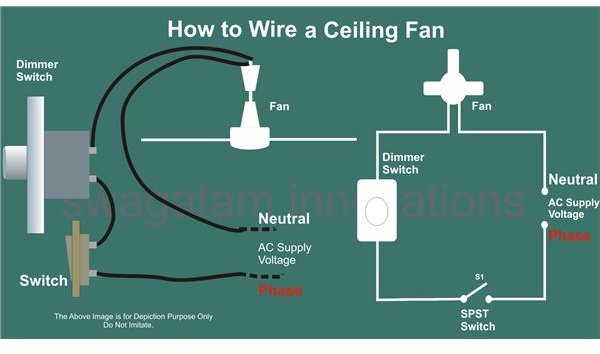http://www.brighthubengineering.com/diy-electronics-devices/72537-design-your-own-home-wiring-layouts-with-these-basic-diagrams/#



http://search.babylon.com/imageres.php?iu=http://www.electrical-online.com/wp-content/uploads/2010/12/Typical-wiring-method-for-light-box-termination.gif&ir=http://www.electrical-online.com/all-about-wiring-diagrams/&ig=http://t0.gstatic.com/images?q=tbn:ANd9GcRz3SxkcMVLKKYtgCyhslLCrTVr1lclOsmiIiAgVdP0iQKF2WiMx9SBPOw&h=368&w=354&q=home+wiring+basics&babsrc=NT_ss







Note that in this case, a larger than normal device box is required at switch #1 location, due to box fill calculations (most regular size boxes will only accommodate five wires; in this situation, you will have seven wires).








http://search.babylon.com/imageres.php?iu=http://www.electrical-online.com/wp-content/uploads/2010/12/Typical-wiring-method-for-light-box-termination.gif&ir=http://www.electrical-online.com/all-about-wiring-diagrams/&ig=http://t0.gstatic.com/images?q=tbn:ANd9GcRz3SxkcMVLKKYtgCyhslLCrTVr1lclOsmiIiAgVdP0iQKF2WiMx9SBPOw&h=368&w=354&q=home+wiring+basics&babsrc=NT_ss







Note that in this case, a larger than normal device box is required at switch #1 location, due to box fill calculations (most regular size boxes will only accommodate five wires; in this situation, you will have seven wires).



Wiring a 4-Way Switch
The 4-way circuit is used when you want to control the light or lights from two or more locations. This article and detailed wiring diagram outlines the steps to wiring a typical 4-way switch.
4-Way Switching Circuits

If you understand the logic behind the 3-way circuit, the 4-way will not seem that difficult.
When Do You Need a 4-Way Switch?
The 4-way is used when you want to control the light or lights from two or more locations.
4-Way Switch – NOT To Be Confused With a 2-Pole Switch!
A 4-way switch has four terminals (do not confuse with and purchase a 2-pole switch by mistake).
The 4-way terminals are labeled “In” and “Out” (two of each). The mechanics of this switch are simple, in that they either switch the travellers straight through, or criss-cross them.
To add more than three locations for one set of lights, you would just insert more 4-way switches in between the two 3-ways. The following diagram illustrates the easiest way to connect a 4-way circuit.


No comments:
Post a Comment